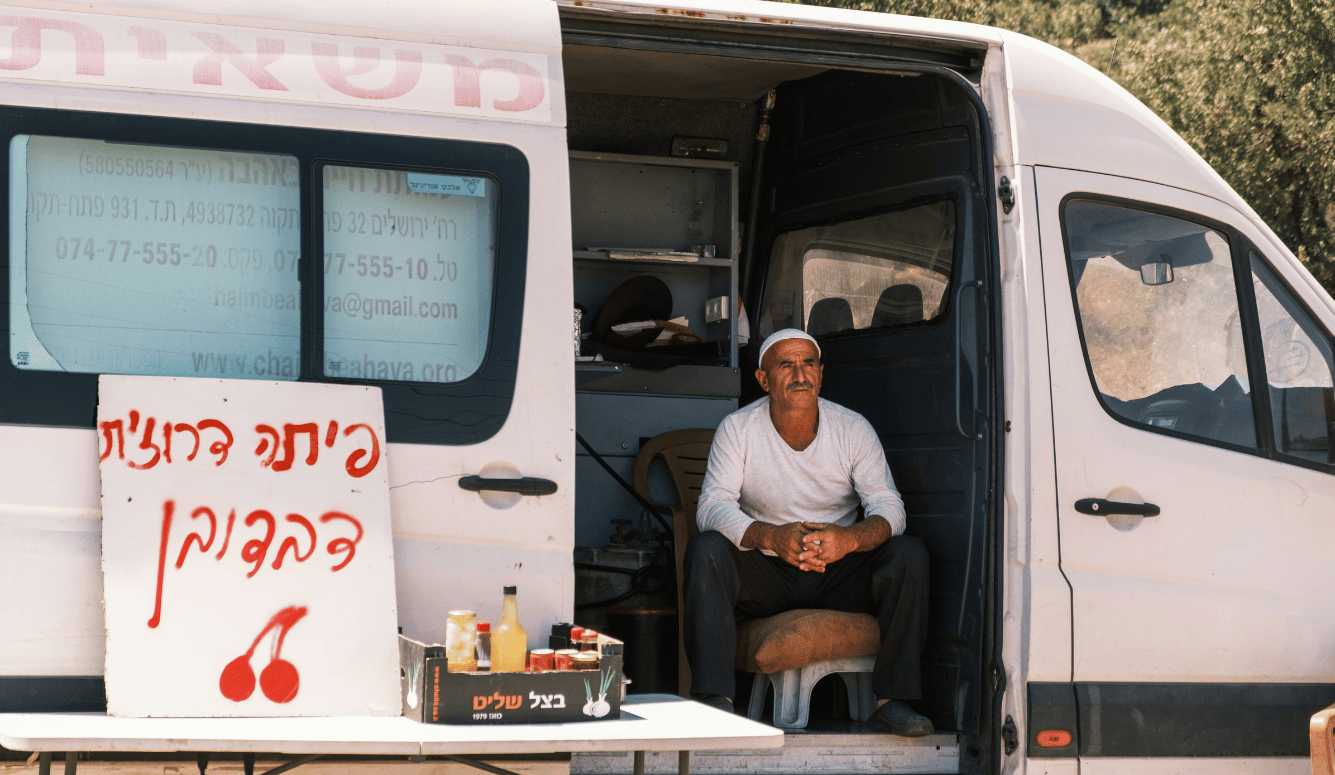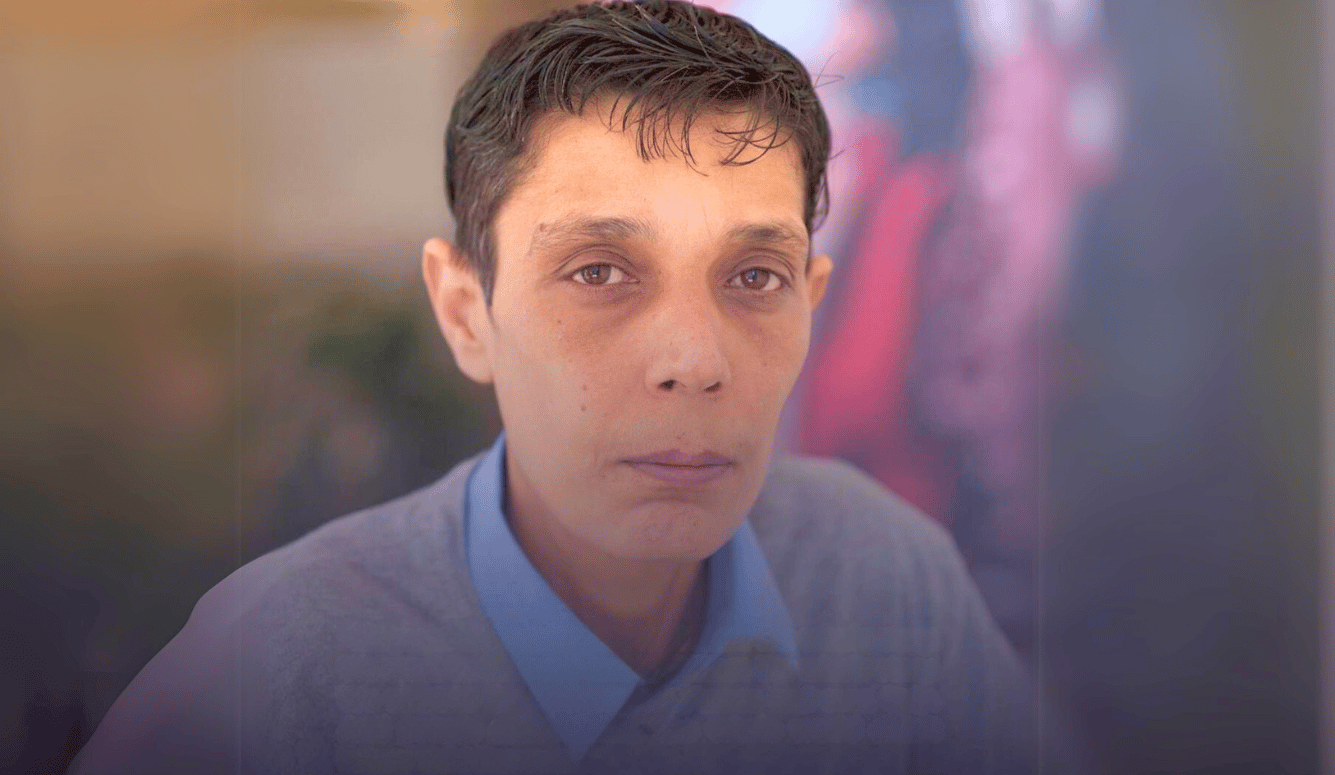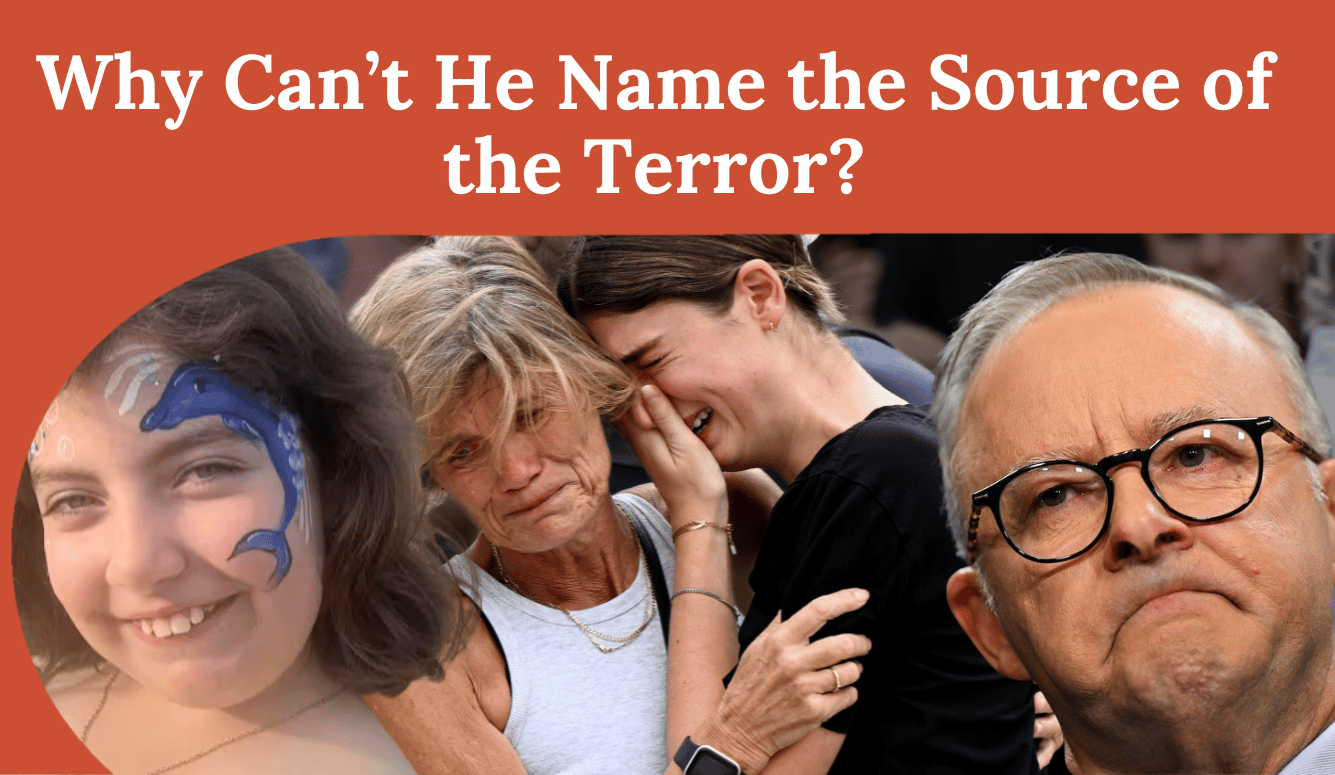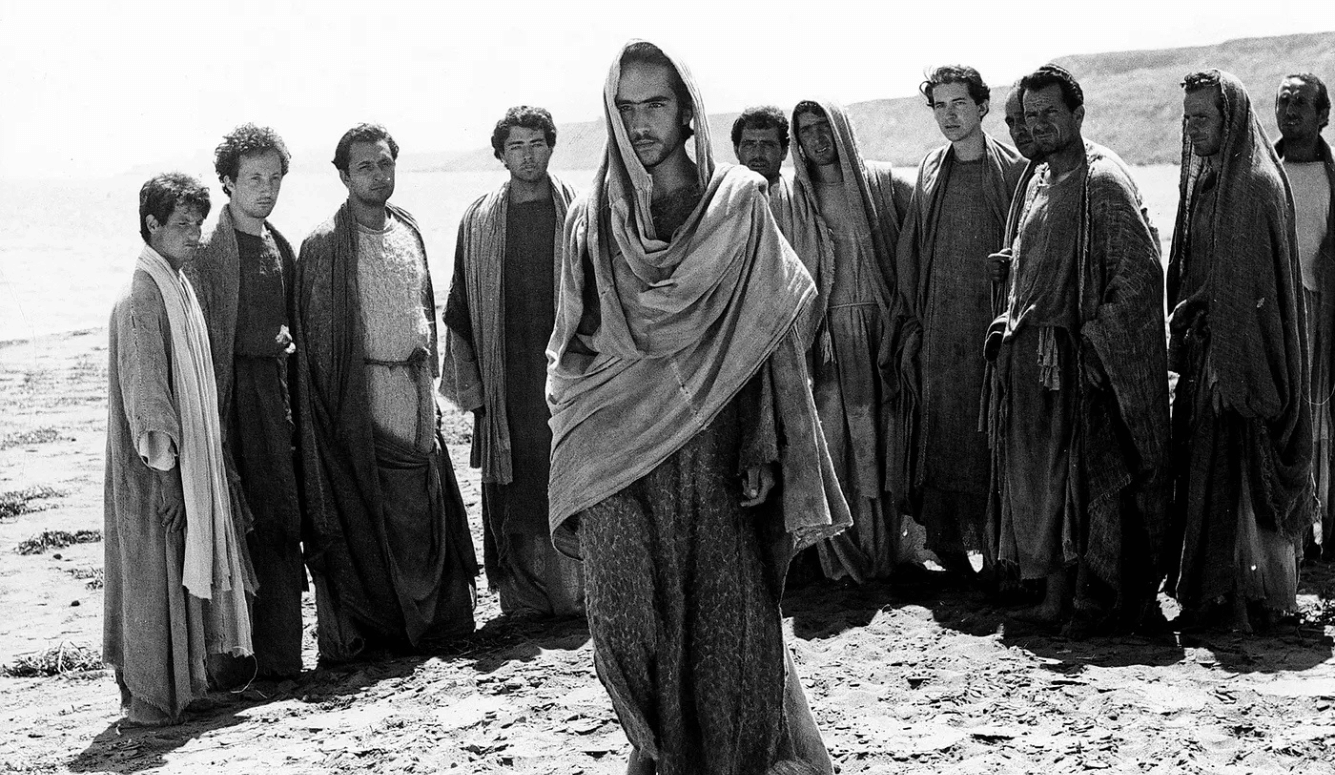Israel
The Druse Connection
The ongoing Arab–Israeli war appears to be entering a new escalatory phase, in which the eye of the storm has shifted to Syria and Yemen, as well as back to Gaza.

Last week, Syrian Sunni jihadists attacked Druse communities in Jaramana and Ashrafiyat Sahnaya, suburbs of the Syrian capital of Damascus. The Israel Air Force (IAF) intervened by striking Syrian jihadi personnel and positions, including a site adjacent to the Syrian presidential palace. Meanwhile, the Houthi rebels who control northern Yemen delivered a resounding blow against Israel on Sunday, when one of their ballistic missiles penetrated Israeli defences and landed next to Israel’s main international airport, briefly halting almost all international flights to and from the Jewish state, except those operated by Israeli airlines. Israel retaliated with a twenty-plane strike against Houthi economic installations. Further strikes are likely—and, as Prime Minister Benjamin Netanyahu has hinted, these may also target Iran, the Houthis’ political and military patron. Meanwhile, Israel’s cabinet has authorised the immediate call-up of tens of thousands of IDF reservists in preparation for an “expansion” of the country’s war-making against Hamas, which has been more or less stalemated for months.
Syrian government spokesmen have said that the attacks on the Druse were carried out by Sunni “extremist” armed groups. But the Syrian government is run by President Ahmed Hussein al-Sharaa (also known as Abu Muhammad al-Julani), a veteran al Qaeda-linked Sunni jihadist who headed the Nusra Front forces that conquered Damascus and toppled the Assad regime, which had been in power since 1970, last December. Al-Sharaa subsequently reached out to Western governments and, speaking softly and sporting a Western suit, he promised to protect Syria’s non-Sunni minorities and even hinted at a future policy of non-belligerence vis-à-vis Israel. This would be especially surprising since, in the past, he has targeted the Jewish state for jihad. Although he was born in Saudi Arabia, al-Sharaa’s family hails from the Golan Heights, a tract of Syrian land conquered by Israel during the 1967 Six Day War and subsequently annexed. Israel’s leaders have dismissed al-Sharaa’s conciliatory avowals as a function of current Syrian military weakness, rather than a heartfelt new approach. But some Israeli and American commentators have recommended that Jerusalem remain open to a pragmatic accommodation with the new regime in Damascus.
Al-Sharaa’s doveish statements about Syria’s non-Sunni minorities have already proved hollow. In early March, Sunni fighters and government security forces descended on the Latakia-Tartus coastal area of northwestern Syria and slaughtered some 1,600 local Alawites, members of the Shi’ite sect that formed the Assad regime’s demographic base. Observers saw this as just the latest vengeful chapter of bloodletting in a civil war that began in 2011 and a possible augury of future violence in the chaotic ethno-religious patchwork that is Syria. The Syrian civil war erupted against the backdrop of the region-wide Arab Spring. Discontented young Syrians, including many Druse, took to the streets in protest against Assad’s tyrannical behaviour, were greeted by live fire from Assad’s security forces, and then embarked on armed rebellion. President Bashar al-Assad’s soldiers refused to fight, and for a moment it looked as though he would be overthrown, but Iran, Russia, and the Lebanese terrorist organisation Hezbollah came to his rescue. Years of civil war followed, during which more than half a million Syrians died and many million fled. The Assads and their foreign backers eventually regained control of most of the country, confining the rebels—mostly anti-Alawite Sunni jihadists backed by Turkey—to Idlib, a small area in northwestern Syria.

But following Israel’s devastation of Hezbollah and the ravaging of Iran last October, the jihadists, re-armed and organised by Turkey, launched a lightning offensive southward, swiftly taking first Aleppo and then Damascus. The Assad regime collapsed like a house of cards. But after a decade and a half of civil war, Syria was in shambles. Al-Sharaa spent the following months trying to patch the country back together. But the Kurds in the north, the Alawites in the north-west, and the Druse in the south were leery of subordination to the new Islamist Sunni government.
As ever in the Middle East, religion triggered violence. The jihadist assault on the Druse that erupted last Monday at Jaramana was sparked by an audio clip of a Druse cleric purportedly insulting the Prophet Mohammed. The cleric denied involvement. But the dogs of war had already been loosed.
The Druse are an Arabic-speaking, non-Muslim religious community that splintered off from Shi’ite Islam about a thousand years ago in Egypt. To escape persecution there, they eventually moved to the Levant. Some 700,000 of them now live in Syria, where they make up 3.2 per cent of the country’s population. There are also large Druse communities in Lebanon, Israel, and Jordan. The Druse look to Jethro (Nabi Shuayb), Moses’ Midianite father-in-law, according to the Bible, as their prophet—his tomb is in northern Israel—but they also revere Moses himself, Jesus, and John the Baptist. Under the Assads (1970–2024), the Syrian Druse were generally loyal citizens of the regime. But many Sunnis saw them as infidels.
Loyalty to the regime in power in the country in which they live is a major tenet of Druse political thinking. Hence, most Syrian Druse seek to live in peace with the new jihadist regime. Indeed, following the jihadist onslaught on Ashrafiyat Sahnaya, local Druse leaders proposed that their militiamen join the government’s security forces.
But the Druse’s most important political principle is fraternity with fellow Druse, which obliges them to extend help to beleaguered Druse communities. Over the past week, Israel’s Druse, who number some 150,000, began pressuring Israel’s leaders to come to the aid of their Syrian brothers. Last weekend, they blocked roads in the Galilee and noisily demonstrated outside Netanyahu’s Caesarea home. On Saturday, Netanyahu announced that Israel would not allow Syrian forces to endanger the Syrian Druse community or deploy in areas “south of Damascus,” i.e. near the Israeli-occupied Golan Heights and the border with Israel proper. Israeli jets then attacked Syrian government positions and armed Sunni personnel; some two dozen Syrian Druse, some injured in the clashes near Damascus, are currently being treated in Israeli hospitals. Israeli helicopters have also ferried supplies—possibly including munitions—to the Druse “capital” of Suweida in southern Syria, which adjoins Jabal Druse (Mount of the Druse), the Syrian Druse heartland.
Some Syrian Druse have openly welcomed this Israeli intervention. But most, it appears, have voiced their opposition: They know that Damascus will construe any alignment with Israel as supping with the devil at best and treason at worst.
The Druse connection with Israel has a long history. Israel’s Jews and Druse bonded back in summer 1948 during the first Israeli–Arab war, when local Druse notables, foreseeing an eventual Israeli victory, threw in their lot with the Jews and sent their sons to join the IDF.






